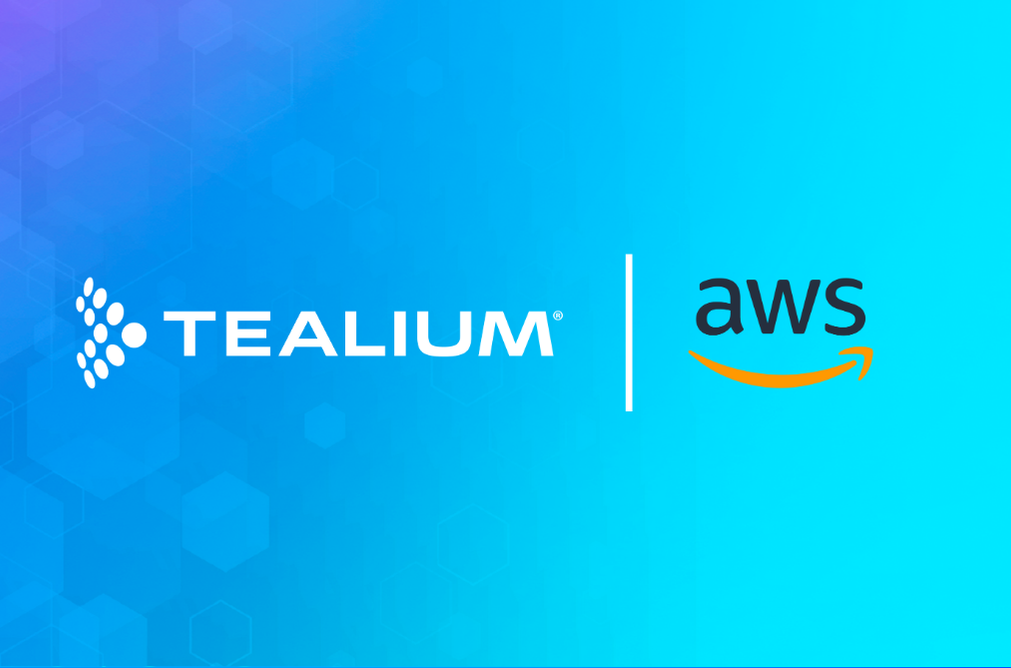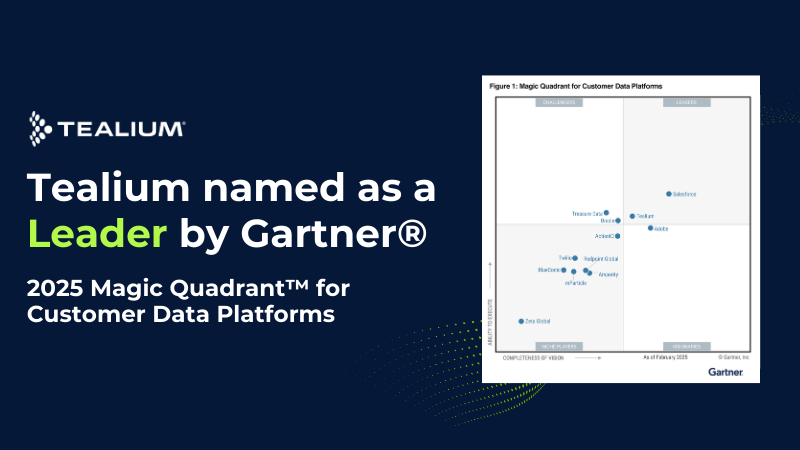The Challenge
When a leading global electronics company’s e-commerce team reviewed their analytics, they discovered a significant opportunity: customers were adding products to their carts but abandoning them before completing purchases. The traditional retargeting approaches they were using—primarily through email and display ads—were leaving money on the table. These methods simply couldn’t engage customers quickly enough at crucial decision points in their shopping journey.
The company was already heavily invested in a mainstream marketing technology stack, but they found it lacked the real-time processing capabilities necessary for immediate intervention. The team needed a solution that could analyze customer behavior as it happened, predict outcomes within seconds, and enable the website to respond dynamically to each shopper’s unique situation.
The e-commerce team recognized that the key to solving this problem lay in bridging the gap between data collection and activation. They needed to transform raw browsing data into actionable insights fast enough to influence customer decisions before they left the site. Additionally, they wanted a solution that could segment customers based on their purchase likelihood, allowing for tailored interventions that maximized conversion while minimizing unnecessary promotions.
The Solution Efficient Retargeting & Faster Time-to-Action
The company implemented Tealium’s AIStream to create a sophisticated, real-time AI-driven prediction and intervention system. AIStream employs a bundle of Tealium solutions to seamlessly connect AI models, customer interactions, marketing tools, and data warehouses, ensuring AI use cases are powered by the most accurate, compliant, and up-to-date data. The solution began with Tealium’s TiQ Tag Management System capturing visitor events across the company’s website. These events flowed into Tealium’s EventStream, creating a continuous stream of user behavior data that could be processed immediately.
What made this implementation special was the innovative use of Tealium Functions. The team developed custom business rules that transformed raw data into model-ready features, cleaning up timestamps, recategorizing URLs to reflect product categories, and structuring the data in ways that would make predictions more accurate.
As shoppers moved through the site, the system quietly analyzed their behavior. The moment a customer added a product to their cart, the solution sprang into action. A serverless function, built specifically for this use case, gathered all relevant data points about the session and sent them to the company’s prediction API.
At the heart of the solution was a carefully constructed machine learning model that the team had trained and validated on historical customer data. This model processed dozens of features—from time on site to cart contents and any available first-party profile data—to calculate the likelihood that the customer would abandon their cart. By implementing the model in native JavaScript rather than more resource-intensive approaches, the company ensured the prediction would return in milliseconds.
The prediction results flowed back into Tealium’s AudienceStream, where they were immediately available for activation. The implementation was flexible by design—the website could access predictions on demand, and different teams could leverage the insights for their specific needs.
Based on the prediction scores, the system segmented customers into three distinct groups. For those highly likely to purchase, minimal intervention was needed—these customers were already on track to convert naturally. For those unlikely to purchase despite any intervention, they were identified for later, more appropriate retargeting efforts. The sweet spot was the middle group—customers on the fence who might be persuaded with the right nudge at the right moment.
For these valuable “on the edge” customers, the team implemented a range of interventions. If a customer showed signs of leaving the site, the system could trigger a well-timed modal with an urgency message or special offer. If they did abandon, the system immediately flagged them for prompt email follow-up or targeted paid media based on their specific abandonment probability and expected return window.
What made this solution particularly smart was its integration with the company’s understanding of customer return patterns. Their model didn’t just predict abandonment—it also estimated when a customer might return to complete a purchase, whether in four hours, eight hours, or several days later. This temporal intelligence allowed the team to optimize the timing and aggressiveness of their retargeting efforts, allocating resources where they would have the greatest impact.
“Tealium’s post-processing functions and real-time data streaming are the two features that are differentiating. They are specifically why we’re using Tealium instead of Adobe.”
– Senior Director, AI and Customer Experience Innovation
The Results
- Enhanced Customer Segmentation: The system successfully identified three distinct customer segments based on purchase intent, allowing for targeted intervention strategies.
- Resource Optimization: By identifying high-likelihood purchasers who didn’t need incentives, the company avoided unnecessary discounting and promotions for customers who would convert naturally.
- Improved Cart Recovery: The ability to intervene in real-time with targeted messages increased conversion rates among “on the fence” customers who might otherwise have abandoned their carts.
- More Efficient Retargeting: The marketing team could now prioritize retargeting spend based on predicted purchase likelihood, focusing resources on customers with the highest potential return.
- Faster Time-to-Action: The real-time nature of the solution reduced the window between abandonment signals and intervention from hours or days to seconds.
- Competitive Advantage: The solution provided capabilities beyond what the company could achieve with their existing marketing technology implementation, creating a technical differentiator in their marketing technology stack.
- Platform for Future Innovation: The architecture established a foundation for additional real-time personalization use cases beyond cart abandonment prevention.
By combining Tealium’s AIStream with machine learning expertise, the company created a sophisticated system that could not only predict customer behavior but also take immediate action to influence it, driving meaningful business impact.
Tealium AIStream
Tealium iQ Tag Management System
Tealium EventStream
Tealium Functions







